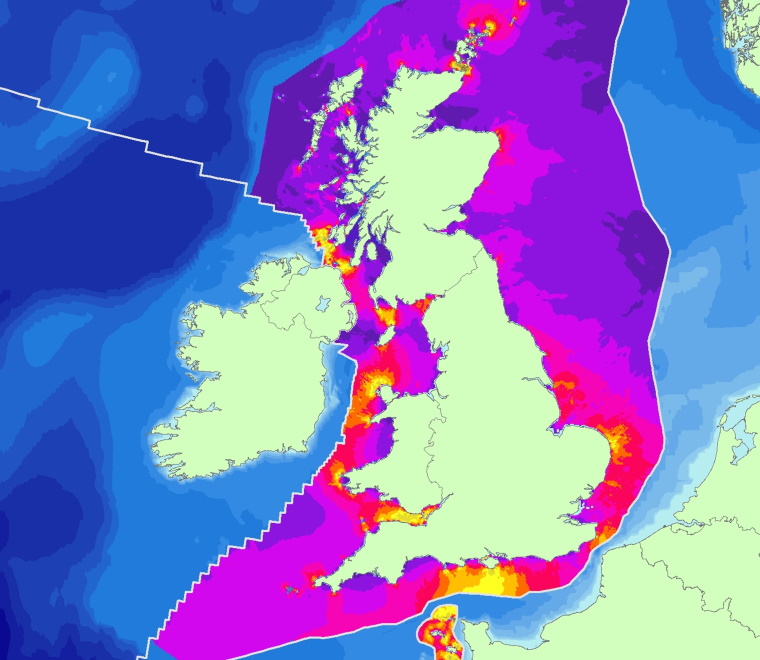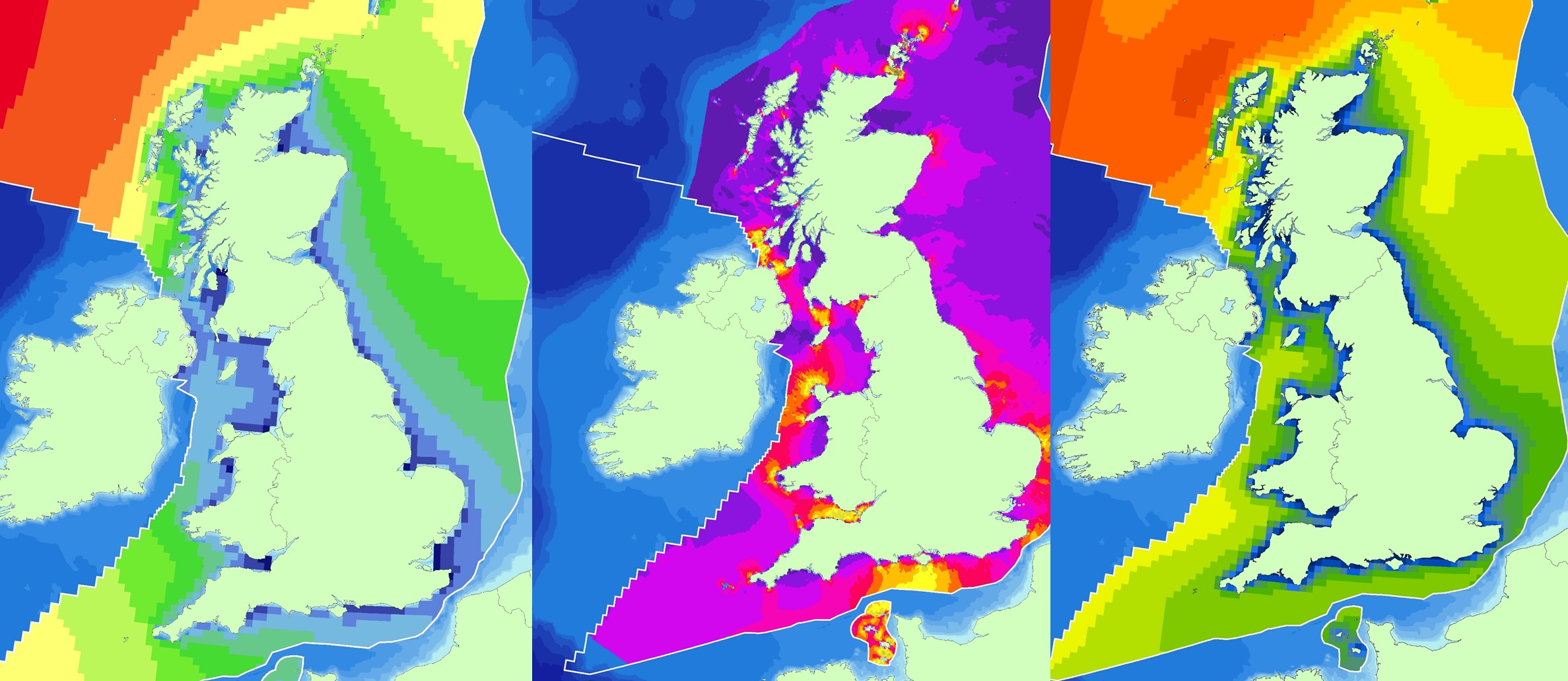

Contributing to the Government Review of Tidal Lagoons
Tidal lagoon sites must be provided with a suitably high tidal range, but with a footprint that remains in relatively shallow water.
In May this year, the Secretary of State for Energy and Climate Change appointed Charles Hendry to lead an independent review into the feasibility and practicality of tidal lagoon energy in the UK. This review is being informed through a call for evidence process which closed at the end of July.
In light of our continued involvement in providing technical support to tidal power projects, we submitted our independent evidence on three of the invited topics: 1) identifying potential sites; 2) environmental considerations and; 3) implications for navigation and ports.
Tidal lagoons have the potential to come in many shapes and sizes, they may be attached to the coastline or sited offshore, but there remain some fundamental requirements for all sites such that they are provided with a suitably high tidal range but with a footprint that remains in relatively shallow water. Just using these basic criteria, the “potential” sites of interest can quickly be located. Confirming the suitability of such sites presents other important challenges that often require more detailed investigations, such as locating a grid connection or confirming stable seabed conditions, which may lead to increased levels of study to help developers gain the certainty they need to invest in a project.
The potential environmental considerations for a single project are relatively straightforward to consider as they can be treated like any other major marine development. However, there are unique characteristics of tidal barrages and lagoons that need to be recognised and evaluated carefully, especially where they may have an effect on tidal propagation that alters the high and low water profiles across designated intertidal areas. These effects may reach far beyond the immediate area of a single project and may easily overlap with another project, especially if both projects are co-located in a similar body of water, such as the Severn Estuary or Irish Sea. The potential for cumulative environmental impacts between multiple lagoon projects is therefore likely to become a more tricky issue to consider.
Where compensatory measures for loss of intertidal become necessary then these requirements need to be considered as part of the overall project, but knowing where suitable sites exist and confirming if they are available and unaffected by other lagoons also presents real challenges for a developer.
The nature conservation interests along the intertidal are not the only feature sensitive to a potential change in tidal propagation. Safe navigable passage in and out of ports, and especially across fixed tidal sills, will be equally sensitive to small changes in tidal heights. Any additional access restrictions resulting from a reduced tidal range could lead to direct economic impact on trade through our ports.
However, there are clearly opportunities for some ports where they can co-exist with a tidal lagoon. Experience shows this is best achieved where the discussion of potential sites commences at the earliest opportunity in a project’s development programme and does not wait for the formal EIA process to begin.
Realistically, there are a finite number of sites around the UK suited for development of tidal lagoons. Our existing consenting framework and technical approaches are ready to support these developments, so we look forward to the outcome of the Government Review process later this year and trust this will help clarify the case for developing suitable sites and with suitable recognition to existing interests.
Learn more about ABPmer's experience in renewable energy.



